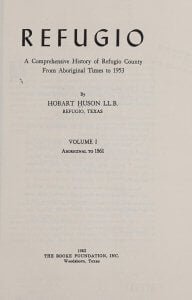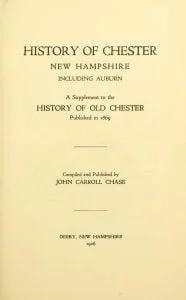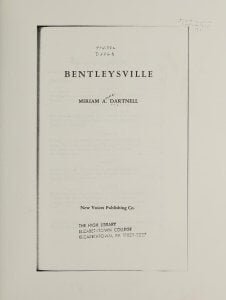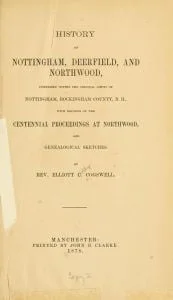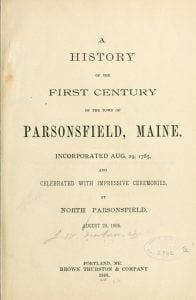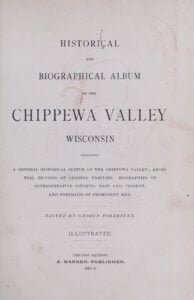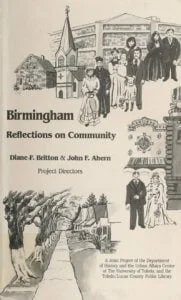Refugio : a comprehensive history of Refugio County from aboriginal times, Vol 1
Hobart Huson’s Refugio: A Comprehensive History of Refugio County from Aboriginal Times to 1953 offers an extensive exploration of the region’s history, covering everything from the indigenous tribes to the county’s early settlers and major events leading up to the mid-20th century. Spanning two volumes, the work provides detailed accounts of the county’s geography, early explorers, colonization efforts, and key figures who shaped its development. With a focus on thorough historical research, this book serves as an important resource for understanding the cultural and political evolution of Refugio County.

